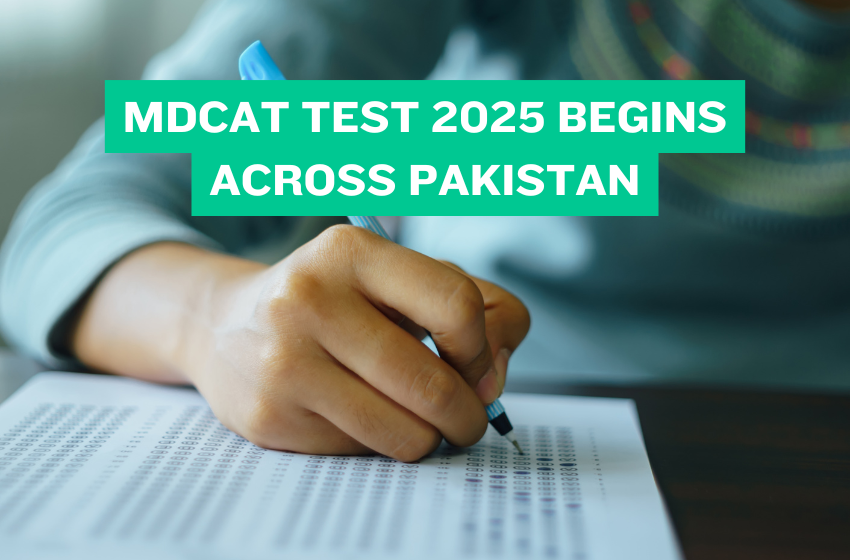Chilean researchers have successfully developed a digital copy of the human heart’s electrical system. This model saves both time and cost while avoiding direct experiments on patients.
The research team is part of the Millennium Institute for Engineering and Artificial Intelligence for Health. This institute works closely with Chilean universities to carry out advanced medical research.
They created a computer model that replicates the Purkinje network, the structure that spreads electrical signals inside the heart. The model adjusts individually to each patient using their ECG data.
A Step Forward in Medical Research
With this digital model, researchers have shown that they can detect electrical disorders in a non-invasive way. This reduces the need for procedures like catheters or electrical mapping.
The development of this digital model highlights the role of artificial intelligence in healthcare. By combining engineering, computer science, and medicine, the Chilean team has shown how technology can transform patient care.
Read Also: Pakistan Develops First-Ever Breast Cancer Vaccine
The Breakthrough Discovery
Experts believe this innovation can go further, and in the future, researchers may build similar models for other organs. This could open new ways to diagnose and treat diseases. Patients would not face unnecessary risks.
One main goal of this project is to guide pacemaker placement. Doctors can test different positions on a “virtual patient.” This helps them choose the best option before surgery. It makes the treatment safer and more effective.
This approach supports personalized treatment, where every patient gets a customized heart model. Based on this model, doctors can design treatment plans tailored to the individual’s specific condition.
The digital copy of human heart’s electrical system created by Chilean researchers is more than just a scientific achievement. It represents a shift in how doctors may approach heart care in the coming years. From non-invasive diagnosis to testing pacemaker placements and creating personalized treatment plans, this breakthrough holds great promise for millions of heart patients around the world.
With its ability to save time, reduce costs, and improve safety, the innovation shows that technology and healthcare can work hand in hand to build a healthier future










